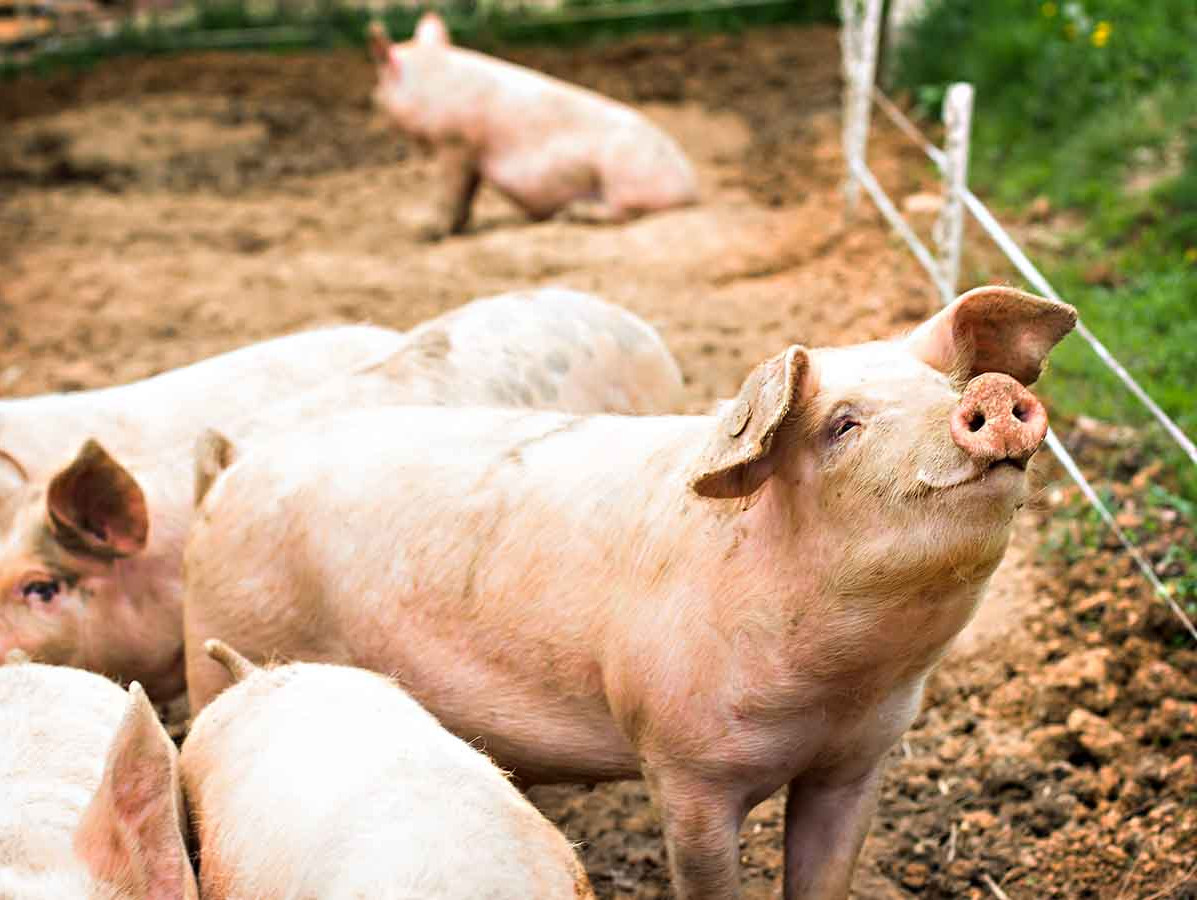
Pork production in the European Union (EU) saw a 7.7 percent decline in the first three months of 2023. This decline led to record pork prices, as reported by EU market analysts.
The price increases are mainly caused by a significant decline in pork production in the first quarter of 2023. The EU anticipates a slight recovery during the year, but production will still be 5.5 percent lower than in 2022.
Despite high demand for pork, even higher than initially forecast, market analysts expect per capita consumption to decline by 4.5 percent to 30.4 kilograms, due to reduced supply. By comparison, consumption fell 2.8 percent to 31.8 kilograms per person in 2022.
Earlier forecasts predicted a 5.9 percent decline in pork consumption for this year. This prediction may still come true, given the possibility that high prices could cause consumers to switch to alternatives such as poultry. So far, however, that has not happened, and the expected decline has been revised to 4.5 percent.
Rising pork prices in the EU are limiting export opportunities. Exports to China, already down 50 percent last year, are expected to decline further. Total exports fell 16 percent last year, partially offset by increased exports to Japan (+23 percent), the Philippines (+21 percent), South Korea (+12 percent) and Australia (+19 percent).
This year, the EU is again expected to lose some of its market share in Australia, the United States and the Philippines because of strong price competition from major exporters such as Brazil and the United States. A 12 percent contraction in exports is now anticipated.
Beeld: Julia Lototskaya/Shutterstock.com
Source: Varkens.nl